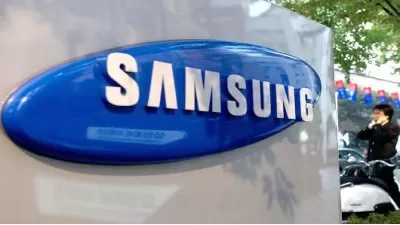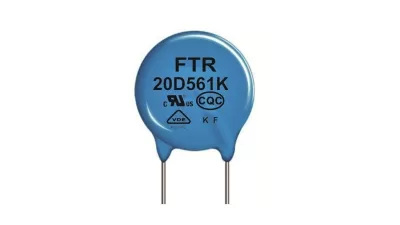What are the latest developments in SiC and GaN 'boarding'?
Although SiC has been widely used in automobiles, the cost of SiC devices is still too high for most cars due to yield and cost-effectiveness issues; The commercial use of GaN is concentrated in the fast charging field of consumer electronics, and has also expanded to the data center field in recent years. However, its installation process has been slow to achieve significant results
Entering 2023, the industry continues to pay attention to the development of third-generation semiconductors represented by SiC (silicon carbide) and GaN (gallium nitride). However, the performance of these two types of semiconductor applications still faces many challenges.
So far, what are the latest developments in the commercial processes of SiC and GaN?
Specifically, although SiC has been widely used in automobiles, the cost of SiC devices is still too high for most cars due to yield and cost-effectiveness issues; The commercial use of GaN is concentrated in the fast charging field of consumer electronics, and has also expanded to the data center field in recent years. However, its installation process has been slow to achieve significant results.
8-inch SiC is entering the market, with a current market share of less than 2%
According to TrendForce predictions, the market size of SiC power components will increase from $1.609 billion in 2022 to $5.328 billion in 2026, with a compound annual growth rate of up to 35% during this period.
Gong Ruijiao, a semiconductor analyst at Jibang Consulting, pointed out that SiC substrates have been in short supply in the past few years. It is predicted that the global production of conductive silicon carbide substrate materials equivalent to 6-inch SiC will grow from 1.07 million pieces in 2022 to 5.69 million pieces in 2026.
6-inch silicon carbide wafers are still the mainstream product in the market, with a market share of approximately 80%, which will increase to 90% by 2025. In addition, 8-inch silicon carbide wafers are also entering the market, with a current market share of less than 2%. It is expected that the market share will increase to 15% by 2026.
Nowadays, more than 15 manufacturers worldwide have displayed 8-inch silicon carbide substrate samples, with Wolfspeed and Vitesco as representatives. Other manufacturers involved in 8-inch wafer facilities include international manufacturers such as ST, Infineon, Bosch, onsemi, Rom, Mitsubishi, as well as Chinese manufacturers such as Tianke Heda, Tianyue Advanced, Shuoko Crystal, and Tongguang Semiconductor.
Wolfspeed has an 8-inch wafer factory in the United States, and the company also plans to establish an 8-inch wafer factory in Germany with Tier1 ZF.
Last year, ST announced plans to invest 730 million euros in the construction of an 8-inch silicon carbide facility in Italy; ST also announced in June 2023 that it will establish an 8-inch silicon carbide wafer manufacturing plant with Sanan Optoelectronics in Chongqing, and Sanan Optoelectronics will construct an additional 8-inch silicon carbide substrate facility as a supporting facility.
Infineon invested 2 billion euros last year to expand its wide bandgap semiconductor production capacity at its Curing factory in Malaysia.
Bosch acquired chip manufacturer TSI Semiconductor this year, which owns an 8-inch dedicated chip wafer factory in California, USA. Bosch plans to invest 1.4 billion euros in the future to produce 8-inch chips in California
What are domestic chip manufacturers doing with the rapid landing of large models?
The turning point for 2022-2023 has arrivedWhat is the turning point for 2022-2023? It is the emergence of the AI big model that has turned the marginal cost of acquiring knowledge into a fixed cost. …The United States step by step, the local key chip supply strategy how to establish?
The United States has been talking about "de-globalization" and "de-risk", in fact, it wants to kick China away in the context of globalization. Therefore, for China, the most …Samsung Electronics showcases its new automotive technology strategy at Foundry Forum EU 2023
Since the development and mass production of the world's first eMRAM based on 28nm FD-SOI in 2019, Samsung Electronics has been promoting the development of AEC-Q100 level 1 applications based on …FTR20D681K Varistor Applications and Technical Advantages: Providing Comprehensive Protection for Your Circuits
Product Overview:In modern electronic design, overvoltage protection has become a crucial element in ensuring the stability and reliability of circuits and devices. The FTR20D681K varistor is a high-p…
- Top News
- HRE CSA Series Commercial Grade MLCC Capacitor Selection Guide
- HRE CIA Series Industrial Grade MLCC Capacitor Selection Guide
- HRE CAA/CAI Series Automotive Grade MLCC Capacitor Selection Guide
- FTR20D681K Varistor Applications and Technical Advantages: Providing Comprehensive Protection for Your Circuits
- Samsung Electronics showcases its new automotive technology strategy at Foundry Forum EU 2023



